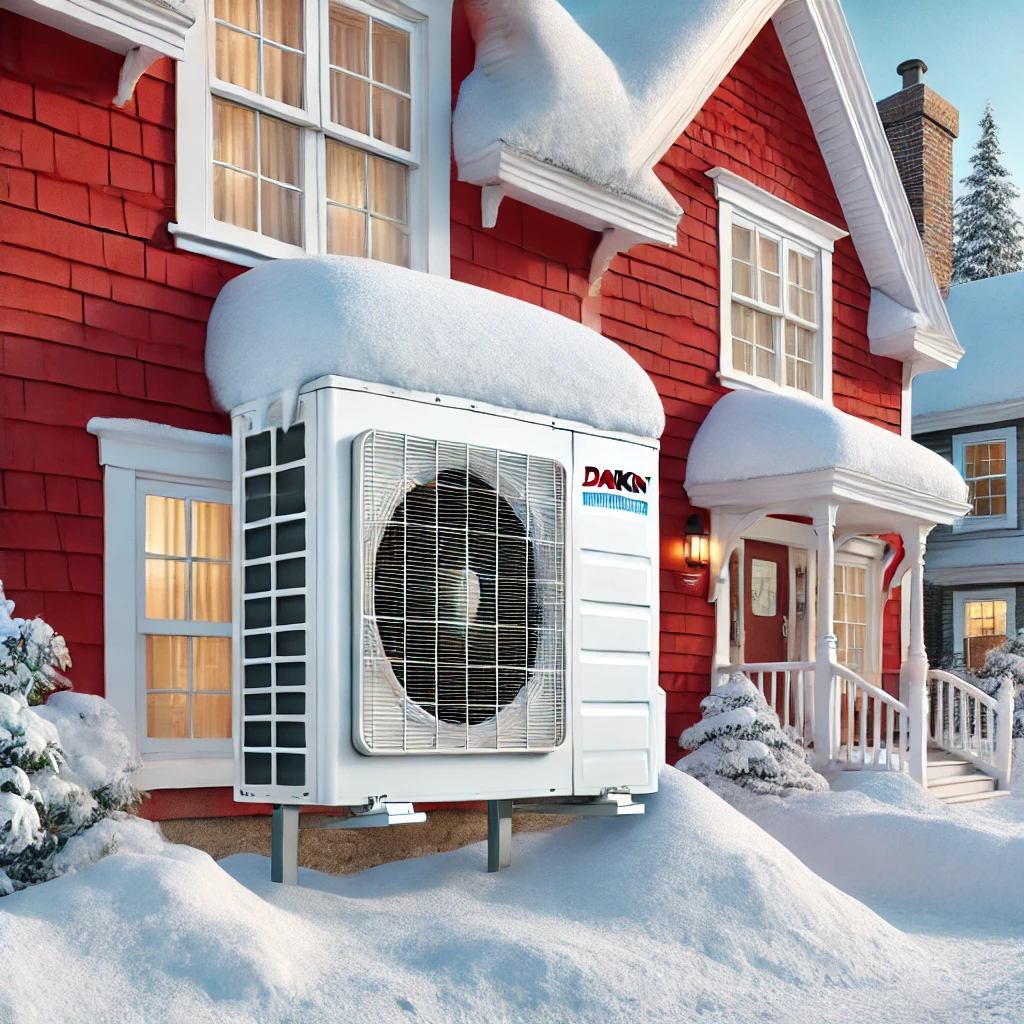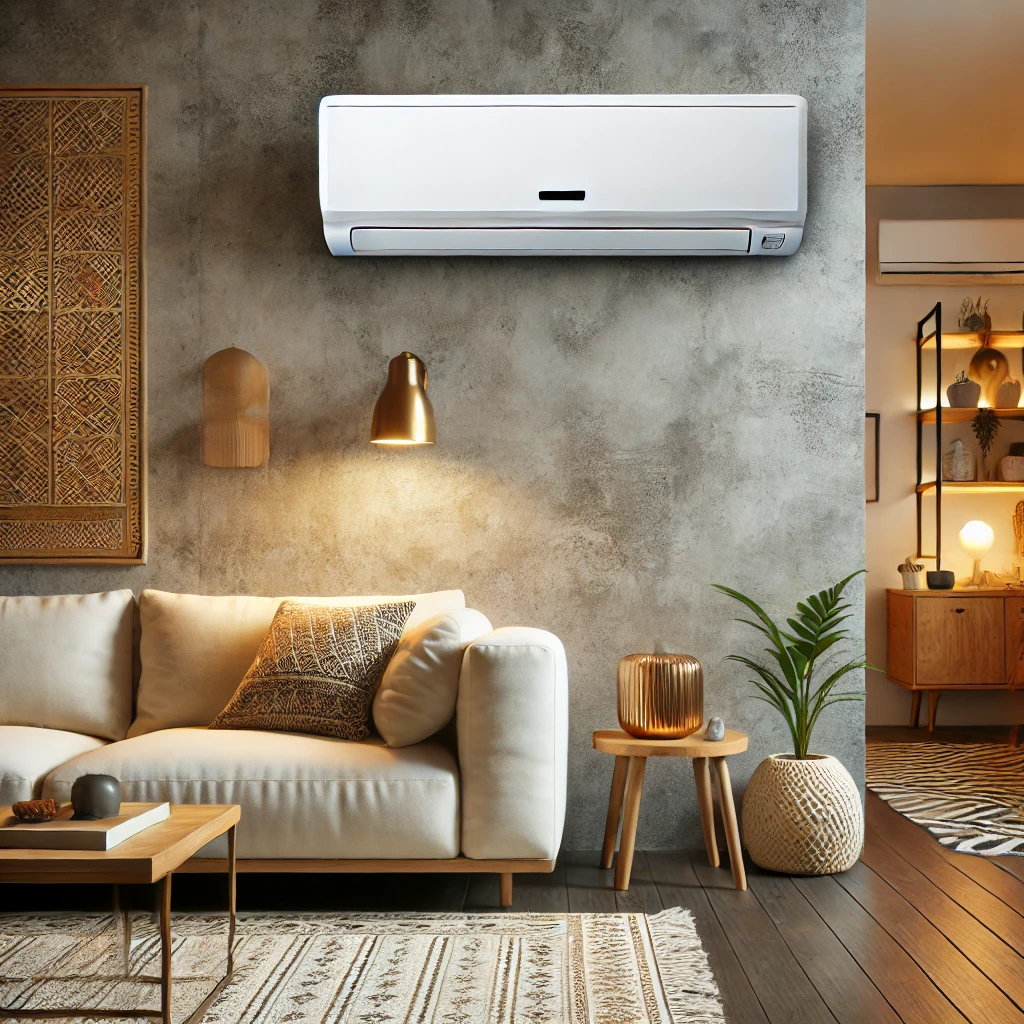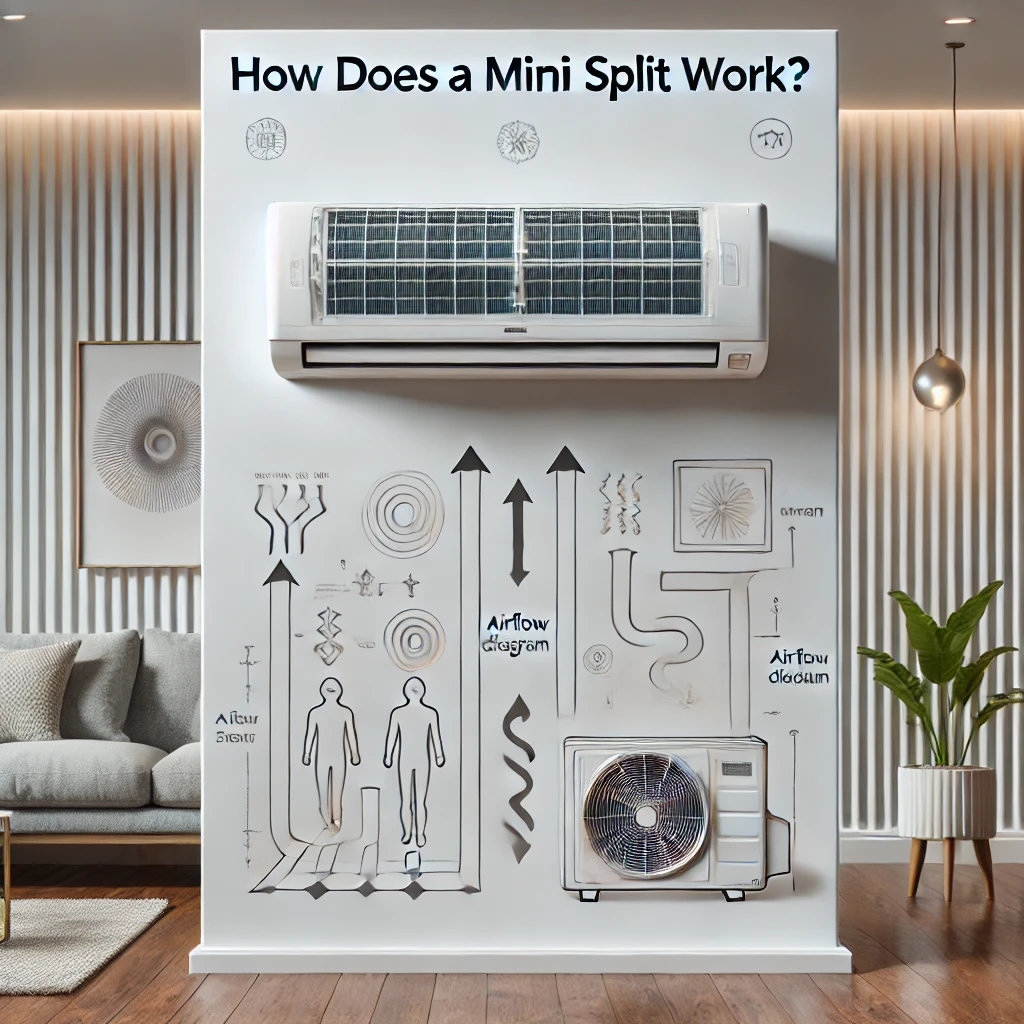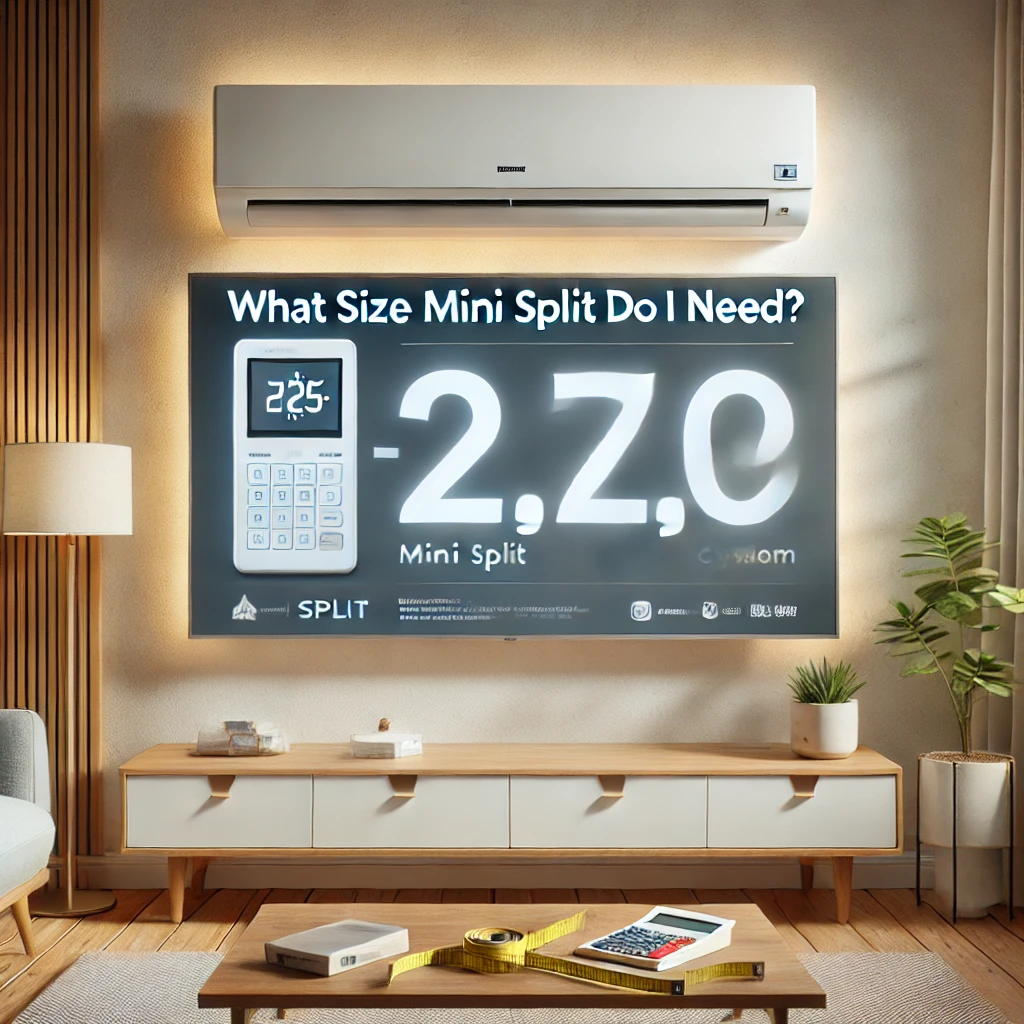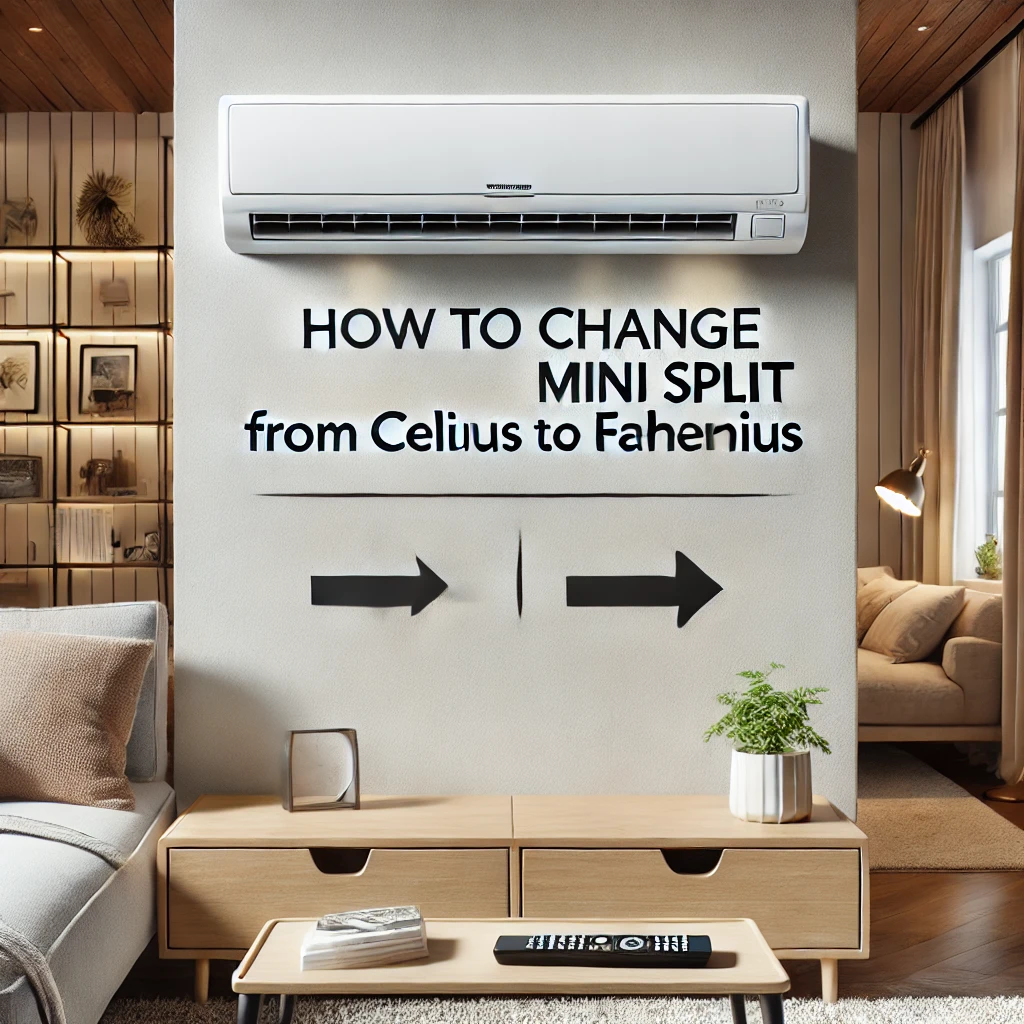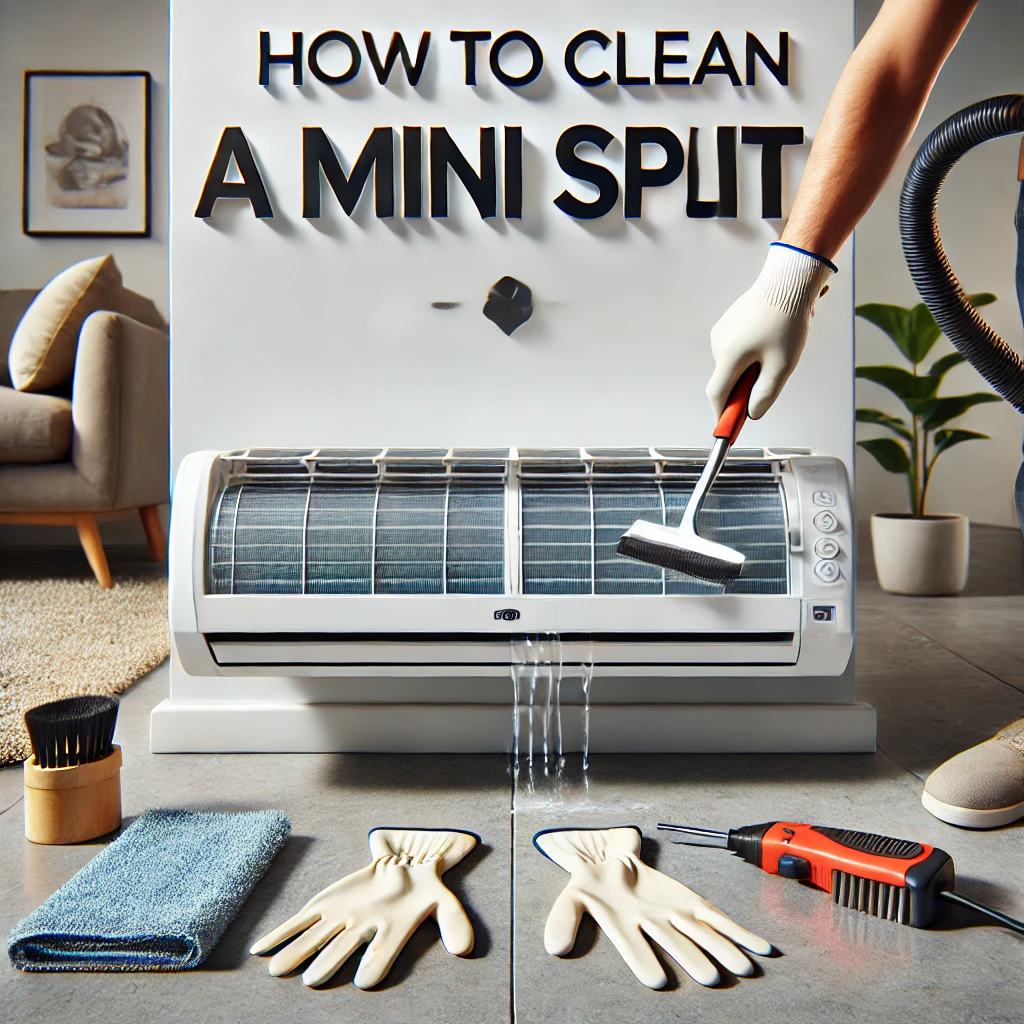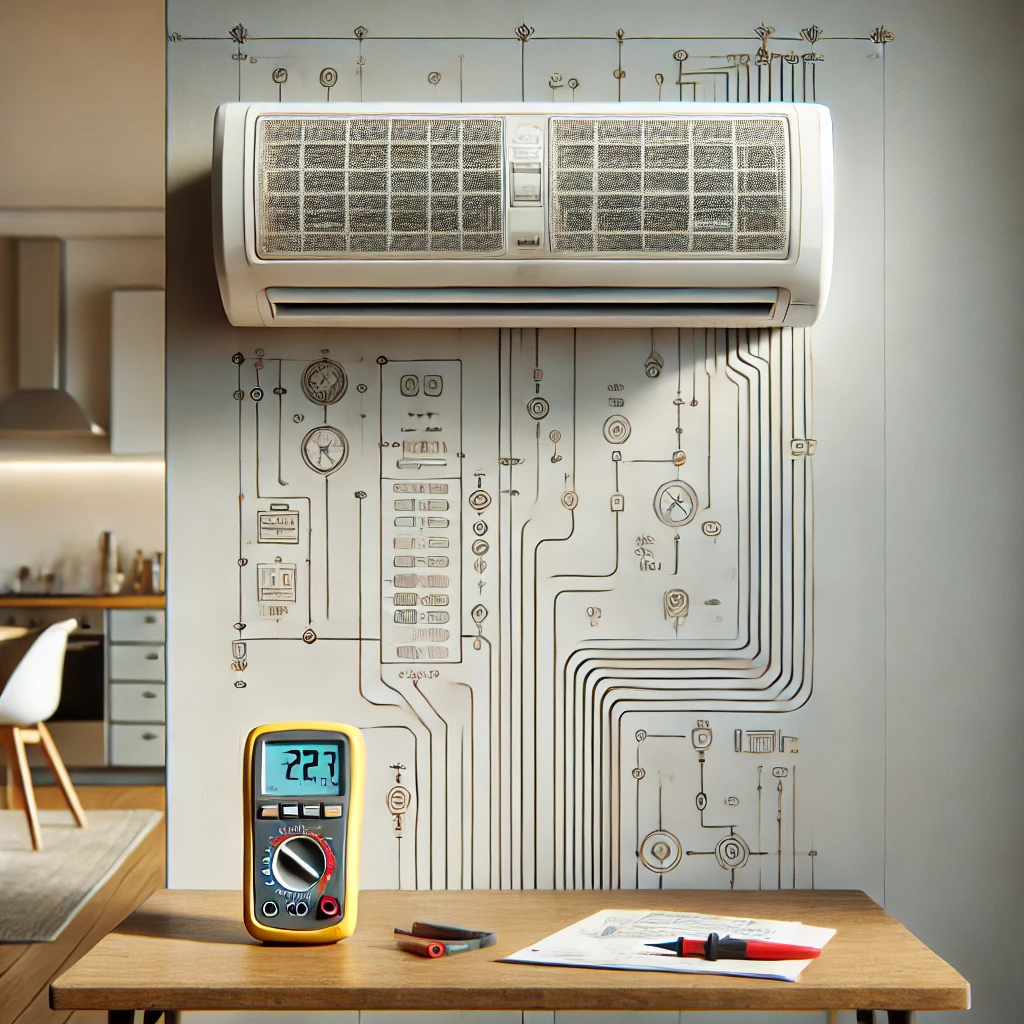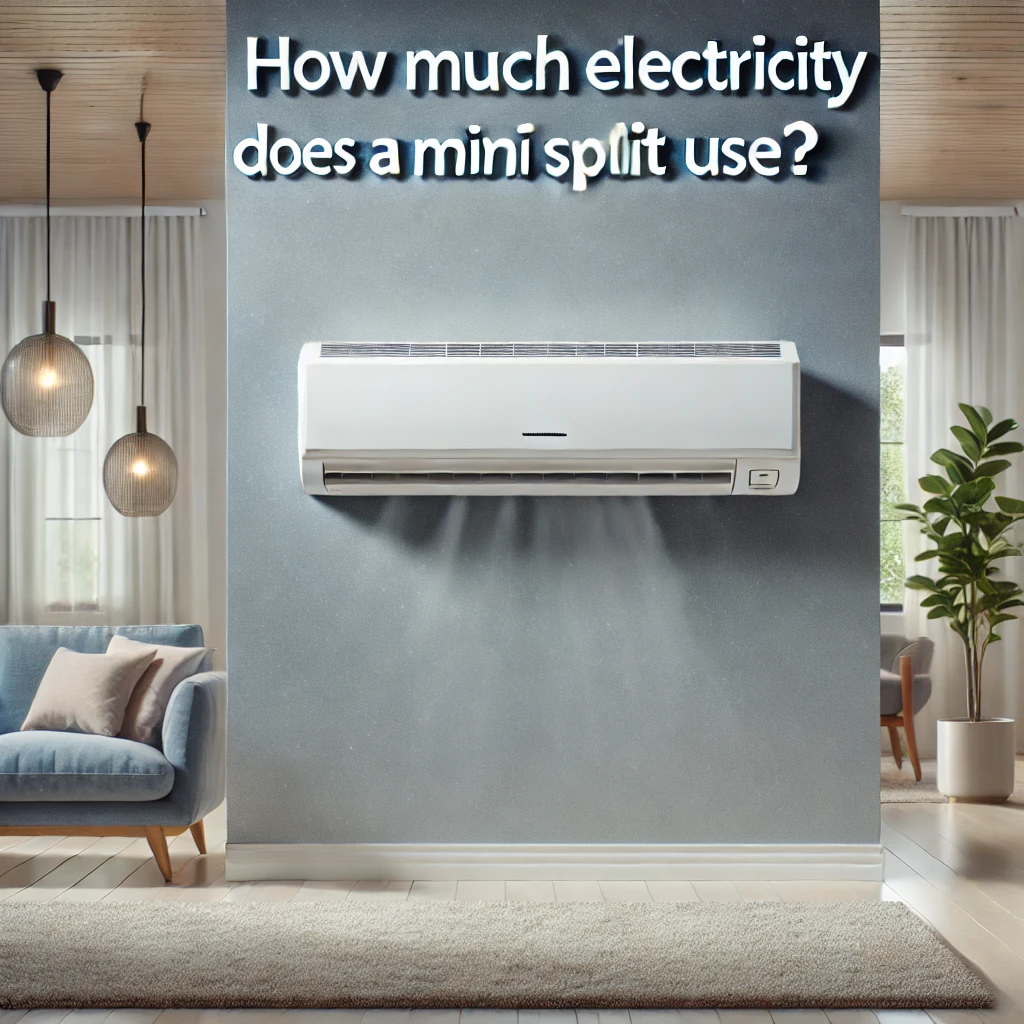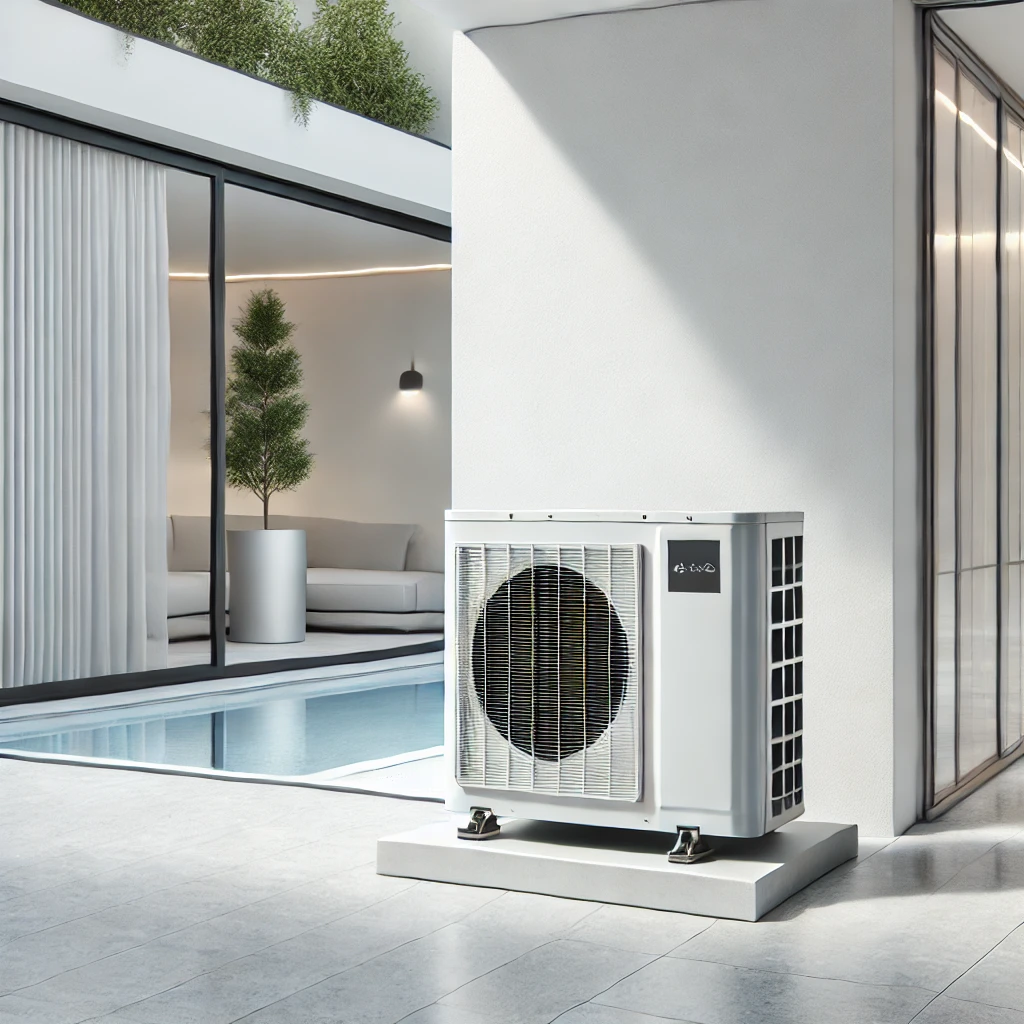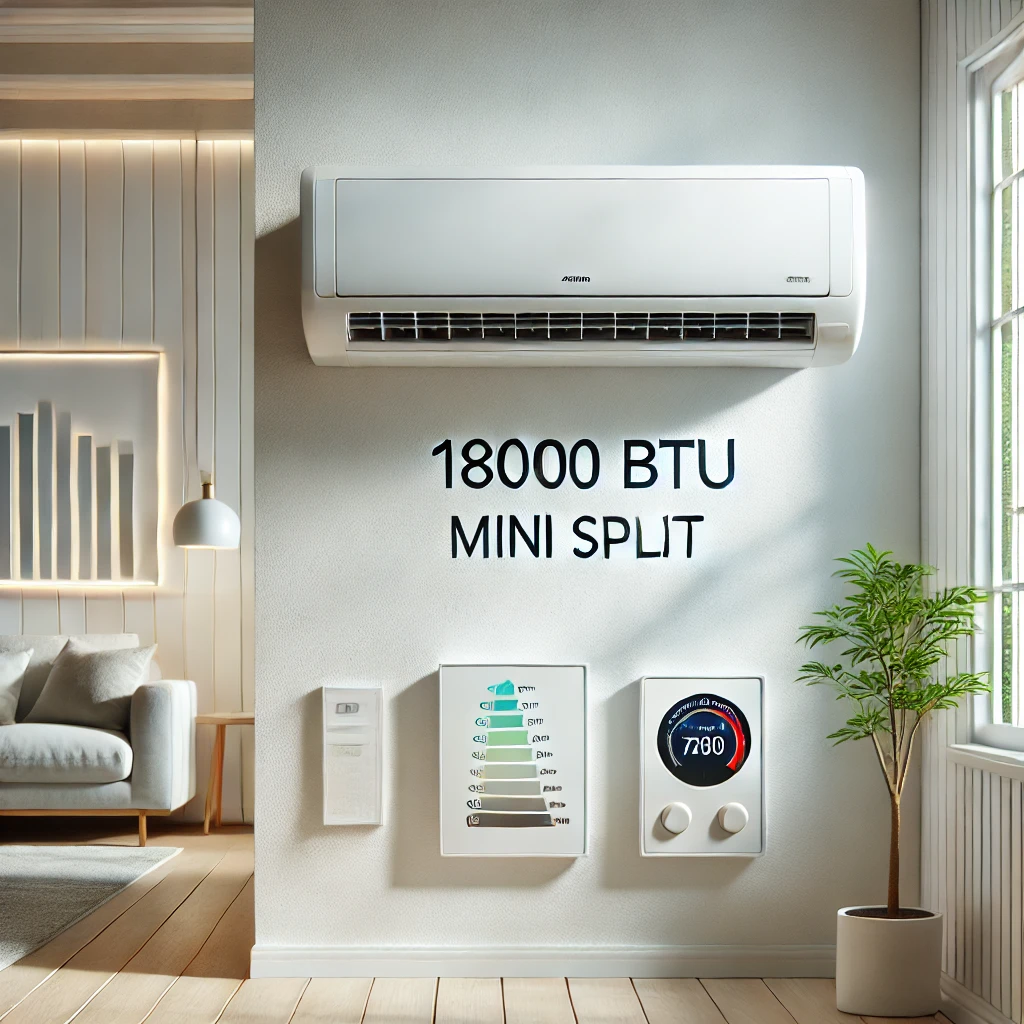Winter in Canada is a season of beauty and brawn. While we marvel at the snow-covered landscapes, we also brace ourselves for the challenges it brings—especially when it comes to keeping our homes warm and cozy. For those of us relying on mini-split heat pumps, the outdoor condenser unit becomes a critical player in this winter saga. But as snow piles up, it can turn into a silent adversary, threatening the efficiency and performance of your heating system.
Fear not! With a little know-how and some proactive measures, you can ensure your mini-split heat pump thrives all winter long. Let’s dive into how you can protect your condenser from snow and ice, keeping your home warm and your energy bills in check.
The Snow Problem: Why Your Condenser Needs Extra Care
Mini-split heat pumps are marvels of modern engineering, capable of extracting heat from frigid outdoor air and delivering it indoors. But even these hardy systems have their limits. Snow and ice can wreak havoc on your outdoor condenser unit in several ways:
- Blocked Airflow: Snow accumulation around or on top of the unit can restrict airflow, forcing the system to work harder and reducing its efficiency.
- Ice Formation: Melting snow can refreeze on the coils or fan blades, leading to mechanical issues or even system failure.
- Short Cycling: A snow-covered condenser may cause the unit to overheat or malfunction, resulting in frequent on-and-off cycles that wear down the system.
- Reduced Heating Capacity: When snow hampers the condenser’s ability to transfer heat, your home may feel colder, and your energy bills may rise.
In short, a little snow can go a long way in disrupting your comfort. But with the right strategies, you can keep your mini-split heat pump running smoothly, no matter how harsh the winter gets.
Your Winter Defense Plan: Tips to Protect Your Condenser
1. Install a Snow Hood or Cover
Think of a snow hood as a winter coat for your condenser. These specially designed covers shield the top of the unit from snow and ice while allowing proper airflow. They’re typically made from durable, weather-resistant materials and are easy to install. Just steer clear of tarps or plastic covers, which can trap moisture and restrict airflow.
2. Elevate the Unit
If your condenser is sitting directly on the ground, consider raising it. Mounting the unit on a wall or platform 18–24 inches above ground level can prevent snowdrifts from burying it. Plus, it ensures better airflow and makes clearing snow easier.
3. Clear Snow Regularly
After a heavy snowfall, grab a soft broom or brush and gently remove snow from the top and sides of the condenser. Avoid using sharp tools or excessive force, as they could damage the delicate fins or coils. And whatever you do, don’t pour hot water on the unit to melt snow—rapid temperature changes can cause cracks or other damage.
4. Create a Windbreak
If your condenser is exposed to strong winds that blow snow directly onto it, consider installing a windbreak. A fence, lattice panel, or even strategically placed shrubbery (planted at least 2–3 feet away) can help deflect snow and reduce accumulation. Just make sure the windbreak doesn’t obstruct airflow to the unit.
5. Watch for Ice Buildup
Ice is the silent enemy of your condenser. Regularly inspect the unit for ice formation on the coils or fan blades. If you spot any, turn off the unit and let it defrost naturally. For stubborn ice, you can use a garden hose with cool water to gently melt it—but never use hot water.
6. Ensure Proper Drainage
Water pooling around the condenser can freeze and cause problems. Make sure the area around the unit is sloped away to prevent water from collecting. Proper drainage not only reduces the risk of ice buildup but also ensures the unit operates efficiently.
7. Schedule Professional Maintenance
Before winter sets in, have a licensed HVAC technician inspect and service your mini-split heat pump. They’ll check for potential issues, clean the coils, and ensure the system is ready to tackle the cold. Regular maintenance can also extend the lifespan of your heat pump and improve its performance.
What to Do If Your Condenser is Buried in Snow
Even with the best precautions, Mother Nature can still catch you off guard. If your condenser is buried in snow, here’s how to safely clear it:
- Turn Off the Power: Head to your breaker box and shut off power to the unit to prevent accidental activation.
- Clear the Snow: Use a soft broom or brush to gently remove snow from the top and sides of the unit.
- Create Space: Clear a path around the condenser to ensure proper airflow.
- Restore Power: Turn the power back on and monitor the unit to ensure it’s functioning correctly.
Upgrade to a Cold-Climate Mini-Split Heat Pump
If you live in an area with particularly harsh winters, it might be worth investing in a cold-climate mini-split heat pump. These units are designed to operate efficiently in temperatures as low as -30°C (-22°F) and often feature advanced defrosting systems to handle snow and ice buildup. While they come with a higher upfront cost, the improved performance and energy savings can make them a worthwhile investment.
Embrace Winter with Confidence
Winter in Canada is a force to be reckoned with, but it doesn’t have to be a threat to your home’s comfort. By taking a few proactive steps to protect your mini-split heat pump condenser, you can ensure it operates efficiently all season long. Whether it’s installing a snow hood, clearing snow regularly, or scheduling professional maintenance, a little effort goes a long way in preserving the performance and longevity of your system. So, as the snow falls and the temperatures drop, rest easy knowing your home is warm, cozy, and ready to weather the storm.
